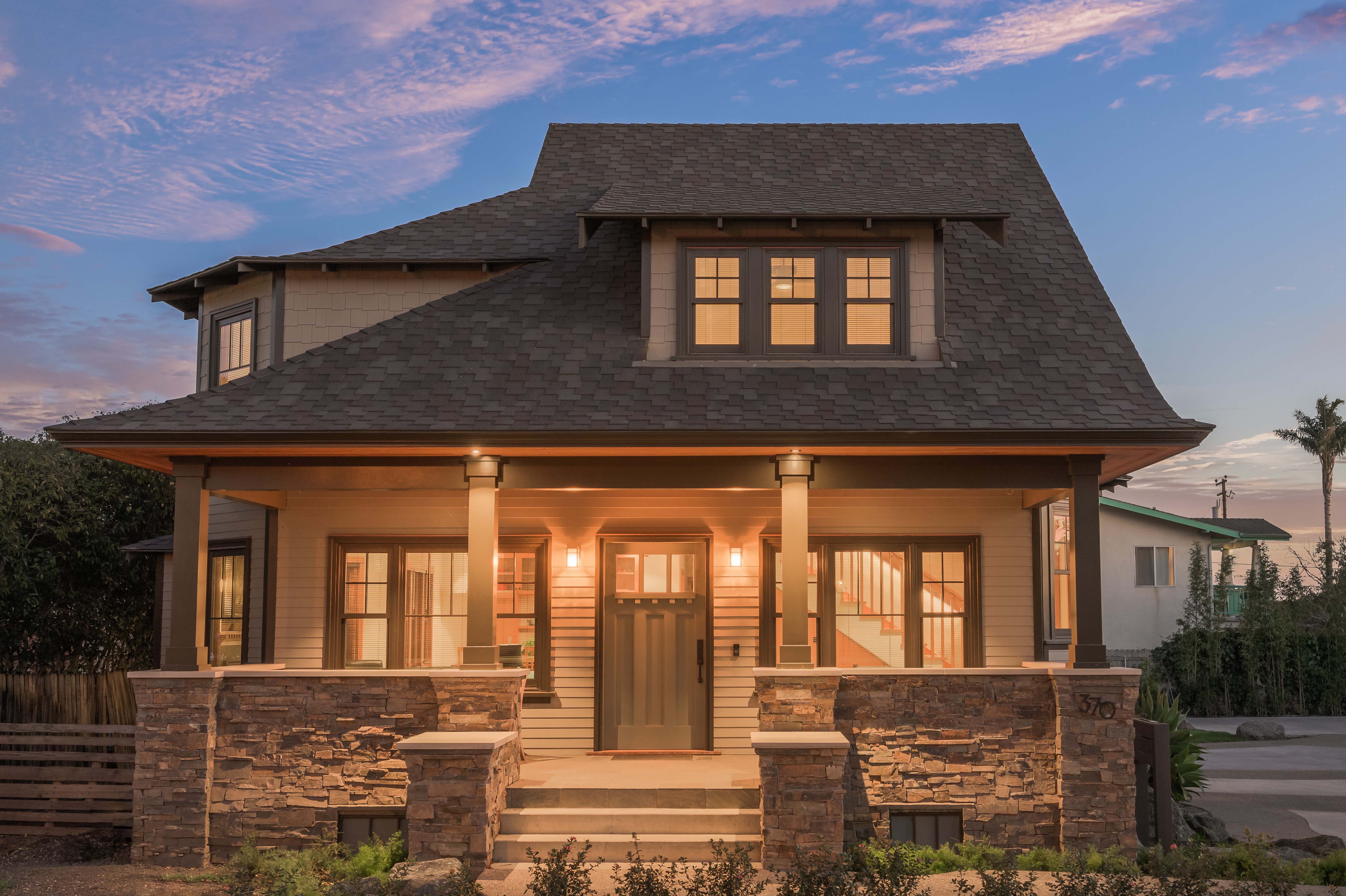
By Renee Morgan
It is common practice in residential construction to use multiple pieces of 2 x lumber connected together (sometimes referred to as, “stud packs”) to build interior columns. One rule of thumb is to install enough studs to match the width of the beam above. But how do you determine if the field built column is really strong enough to support the load?

Critical Structural Element
Today’s architectural styles demand wide-open spaces. With the use of modern engineered wood products we are able to span farther than ever. This flexibility means we are regularly supporting very large concentrated loads throughout the structure. The capacity of the built-up column is often overlooked.
Complex Calculations
It’s difficult to find a capacity table for traditional lumber built-up columns due to the many assumptions required for the calculations. You certainly won’t find the answers in the building code. When properly connected together the capacity of built up columns can be calculated using the National Design Specification for Wood Construction (NDS). To calculate the capacity you’ll need to decide how the column is braced and if the load is centered on the column or offset. The calculation takes into account the slip between the pieces that will occur even when well connected. In most cases, even a properly connected free standing, built -up column will have about 60% of the strength of a solid column of the same material.
Complex Connections
The really tricky part may be installing proper connections. For the stud packs to behave as built-up columns the studs must be attached in accordance with the NDS requirements. Stud packs that are not properly attached act more like individual studs, and do not gain additional design capacity that a properly fastened member would achieve. Furthermore, the NDS allows for a maximum of five full height laminations of the same depth. Built-up columns with more than five laminations should be evaluated by a design professional.

Section 15.3.3 of the NDS gives very specific requirements for nailing the pieces together. In addition to end, edge and row spacing guidelines, the NDS requires adjacent nails to be driven from opposite sides of the post or column. All nails must penetrate all the pieces and at least three-quarters of the way into the outermost lamination. While 10dx 3″ nails are OK for a 2 ply columns, anything greater will need a very large nail! For example, a proper connection for 3-ply 2×6 built-up column is (2) rows of 30d common nails with a length of 4 ½” installed every 8″. These nails may not be readily available at your local lumber yard and with a 0.207” diameter, certainly won’t fit in your nail gun. At an 8’ height assuming #2 spruce-pine-fir, the capacity of this column is less than 8,000 lb while a solid 5.25″x 5.25″ Parallam® PSL (slightly wider) will support 26,650 lbs!
Bolts are another connection option worth considering. Similar to nailed connections, installers must be very careful to follow the NDS end, edge and row spacing requirements. The NDS uses ½″ dia bolts with washers on both sides. Although they take more effort to install relative to nails, the bolted column will only achieve a slightly higher column capacity.

Solid Support
Solid section Parallam® PSL and TimberStrand® LSL columns are strong and consistent. Combine these solid columns with the strength of Parallam PSL and TimberStrand® LSL beams, longer spans and open floor plans are possible.
• Solid section performance
• Consistent design properties
• Available in long lengths
• Visually appealing
• Comprehensive product warranty
• Eliminates waste and reduces installation time.
It’s easy to see why solid section engineered wood columns are the best choice for supporting heavy loads. Feel free to contact our technical support staff at 1-888-453-8358 or email us for more information on solid section Parallam® PSL and TimberStrand® LSL or any of our Trus Joist products.
RENEE MORGAN

Renee Morgan is a Product Support Engineer based out of Charlotte, NC. She is a civil engineering graduate of the University of Tennessee. During her 10+ years with Weyerhaeuser, Renee has provided technical support for Trus Joist products for residential and multifamily applications in the Eastern US markets.


